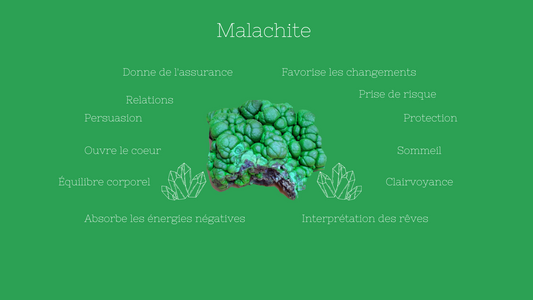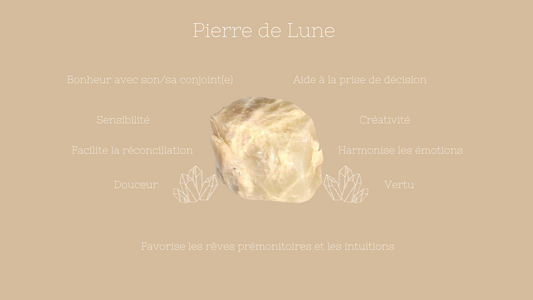The Stones
Lithotherapy has its roots in ancient practices. The term, derived from the Greek words lithos (stone) and therapeia (cure), refers to the therapeutic use of stones and crystals, whose origins date back to prehistoric times, when humanity began to use stones to make tools and for spiritual and medicinal practices.
During ancient times , civilizations such as the Egyptians, Greeks, Romans, Indians, Chinese, and pre-Columbian civilizations used stones for their symbolic and decorative virtues as well as for their healing properties. Stones were integrated into spiritual and medical practices: for example, the Egyptians used amethyst to open the third eye and the Mayans considered jade as a therapeutic remedy.
During the second millennium , knowledge deepened. Figures such as Abbé Haüy (who discovered crystal systems) contributed to the science of minerals, but with scientific progress, interest in stones as therapeutics diminished. However, lithotherapy resurfaced in the 20th century , notably thanks to Edgar Cayce, an American medium, who popularized the use of crystals for their healing power. The 1960s and 1970s, marked by the New Age movement, intensified this interest in lithotherapy.
Today, lithotherapy is an alternative medicine that is experiencing a resurgence in popularity. Stones and crystals continue to play a role in our daily lives. Although science has not yet fully validated the therapeutic effects of stones, lithotherapy is widely practiced to improve physical, emotional and spiritual well-being, and there is hope that future science will measure its effects more accurately.
Lithotherapy is therefore a discipline which combines ancient traditions and modern research, always open to personal experiences and the benefits felt.
The benefits of stones
View all-

Le Grenat Almandin
1. Histoire et origine du grenat almandin Le grenat almandin, connu dans l’Antiquité sous le nom d’« escarboucle » (signifiant petit charbon en raison de sa teinte sombre), est une...
Le Grenat Almandin
1. Histoire et origine du grenat almandin Le grenat almandin, connu dans l’Antiquité sous le nom d’« escarboucle » (signifiant petit charbon en raison de sa teinte sombre), est une...
-

La Malachite
1. Histoire et Origine de la malachite La malachite est une pierre fascinante qui a été exploitée depuis plusieurs millénaires et qui symbolise la protection, la transformation et le renouveau....
La Malachite
1. Histoire et Origine de la malachite La malachite est une pierre fascinante qui a été exploitée depuis plusieurs millénaires et qui symbolise la protection, la transformation et le renouveau....
-

La Pierre de lune
1. Histoire et origine de la pierre de lune La pierre de lune est connue et admirée depuis l’Antiquité pour son éclat nacré rappelant l’astre nocturne. Les Grecs et les...
La Pierre de lune
1. Histoire et origine de la pierre de lune La pierre de lune est connue et admirée depuis l’Antiquité pour son éclat nacré rappelant l’astre nocturne. Les Grecs et les...



